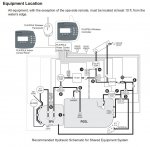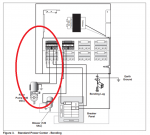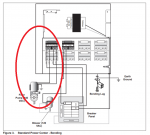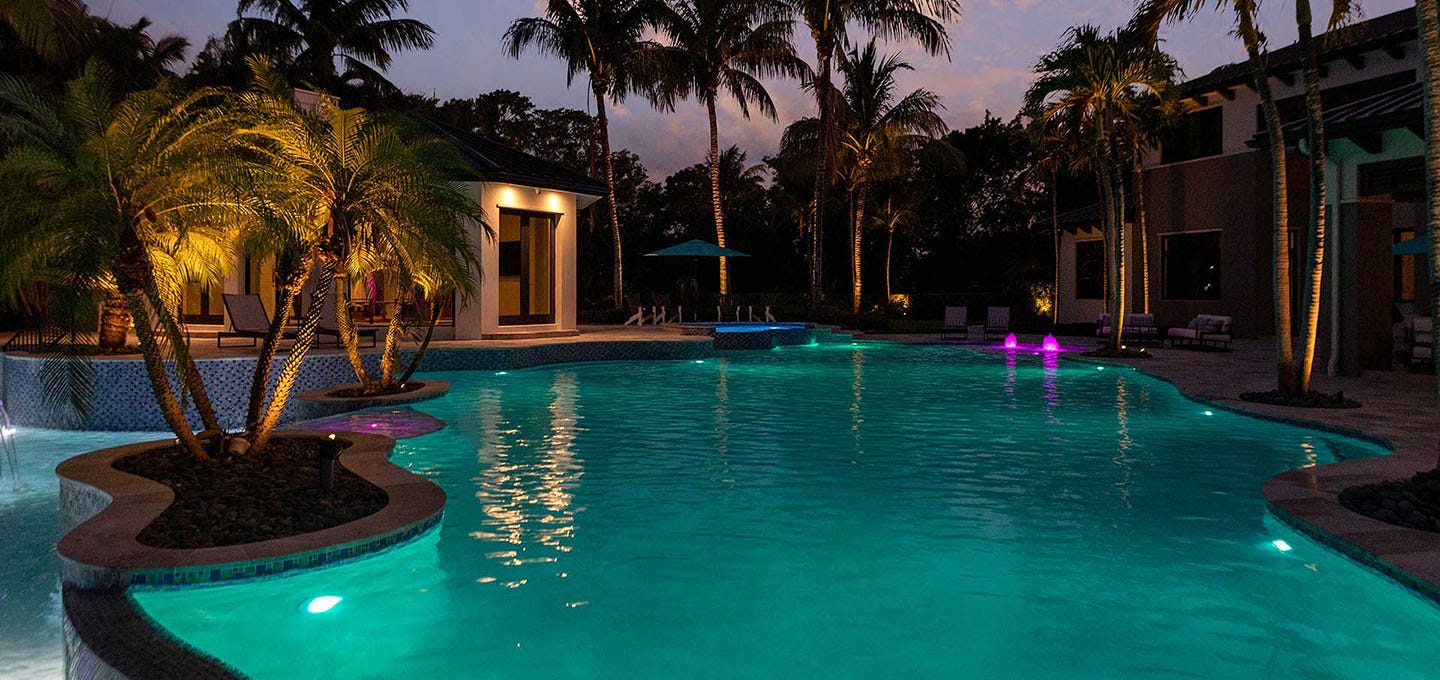Hello All
I am Zafar Form India, I am very new in Pool automation System, and I am doing some study project on Pool Automation system so I required for from you to understand Pool System
I am designing IOT based Pool Automation Controller like - Jandy | AquaLink RS and i have some confusion I designing this
I pool Automation System Mail Devices as below -
-Heat Pump
-Pool Pump
-Valve
-Temperature Sensor
-Clononator
For designed automation control I need to know the installation process of the controller
1. A valve is required 24VAC and SSR(AUX relay) relay required 24VDC so in the controller required both through xmer for any AD-DC circuit is there
2. I saw most of the controller designing company using some external transformer, why there not using SMPS supply, it is better to use SMPS
3. communication between Variable pool pump and Controller is RS485, so any isolation is required between them - or no need
4. for Pump pump we use SSR (AUX relay)to switching power input, so similarly for Heater as well, because of heatre current is more compared to other devices. AUX relay current capacity is 30Amps
5. I saw Pool pump is required 2 phase to run so a single phase pump is also available.
6. i Saw chlorinator is connected parallel with the Pool pump Aux Relay When the pump is ON- chlorinator is ON and when Pump is OFF- chlorinator is OFF ...so this is Right me method ??
I am Zafar Form India, I am very new in Pool automation System, and I am doing some study project on Pool Automation system so I required for from you to understand Pool System
I am designing IOT based Pool Automation Controller like - Jandy | AquaLink RS and i have some confusion I designing this
I pool Automation System Mail Devices as below -
-Heat Pump
-Pool Pump
-Valve
-Temperature Sensor
-Clononator
For designed automation control I need to know the installation process of the controller
1. A valve is required 24VAC and SSR(AUX relay) relay required 24VDC so in the controller required both through xmer for any AD-DC circuit is there
2. I saw most of the controller designing company using some external transformer, why there not using SMPS supply, it is better to use SMPS
3. communication between Variable pool pump and Controller is RS485, so any isolation is required between them - or no need
4. for Pump pump we use SSR (AUX relay)to switching power input, so similarly for Heater as well, because of heatre current is more compared to other devices. AUX relay current capacity is 30Amps
5. I saw Pool pump is required 2 phase to run so a single phase pump is also available.
6. i Saw chlorinator is connected parallel with the Pool pump Aux Relay When the pump is ON- chlorinator is ON and when Pump is OFF- chlorinator is OFF ...so this is Right me method ??






